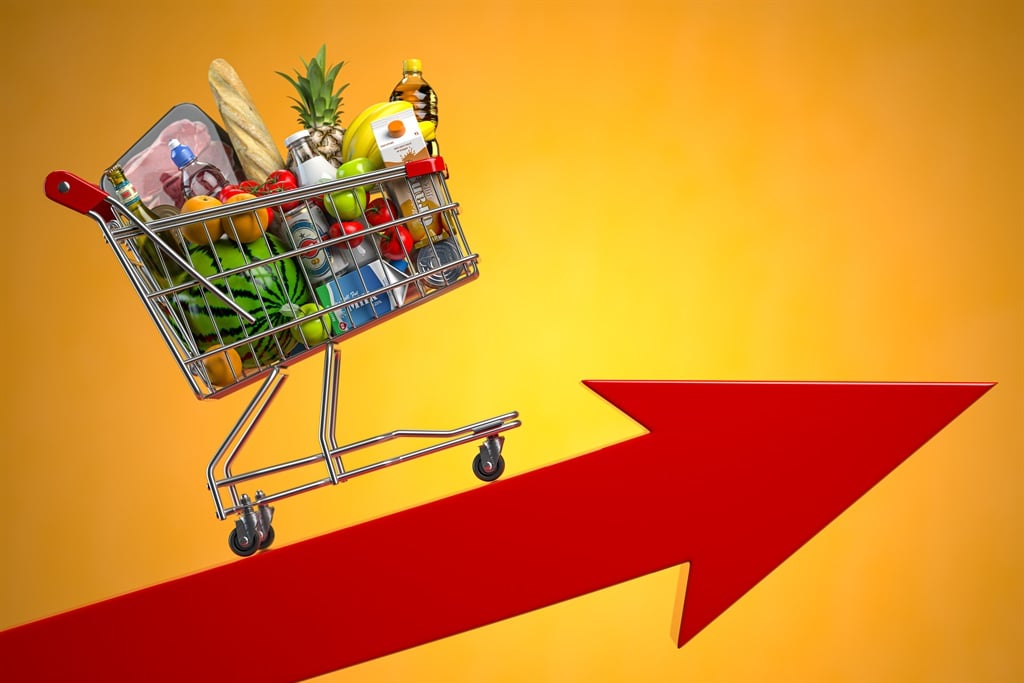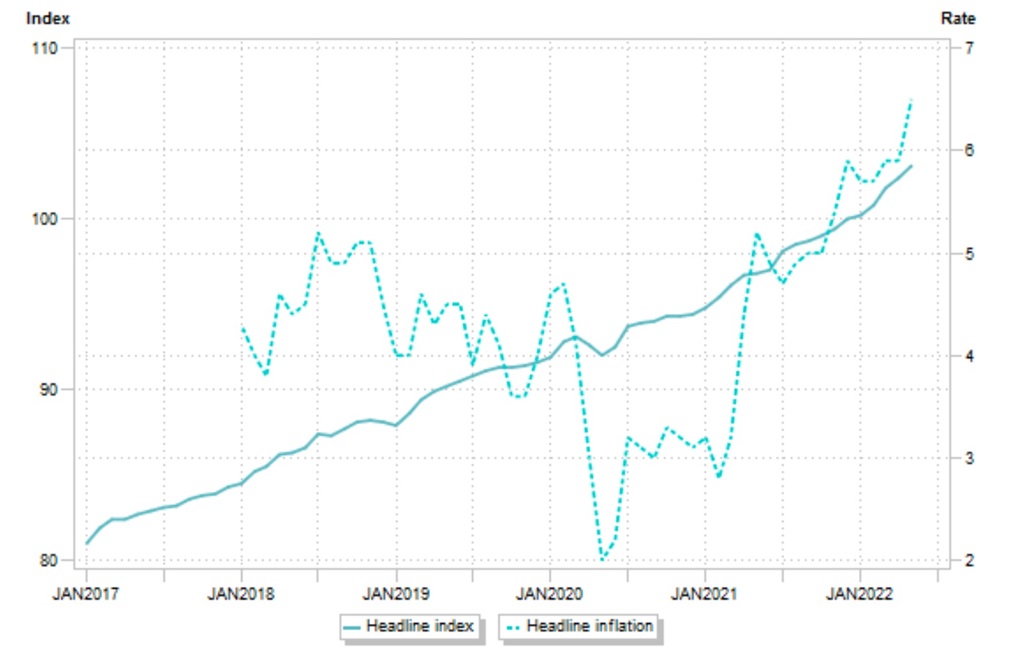
- Consumer inflation jumped well over the 6% upper target in May, StatsSA data released on Wednesday morning showed.
- Cooking oil and fuel increases, linked to Russia's invasion of Ukraine, hit hard.
- But prices increased more slowly in the Western Cape, at 6.1% compared to the national average of 6.5%.
The consumer price index (CPI) jumped well above the top end of the Reserve Bank's target to an average increase of 6.5% in May, compared to the previous year, Statistics SA said on Wednesday morning.
In the previous month, inflation had been up by 5.9%.
South Africa's inflation target is 4.5%, with a lower limit of 3% and an upper of 6%.
But things were not equally bad everywhere, detailed inflation data showed. In the Western Cape, prices increased significantly more slowly than in other provinces.
Overall inflation was measured at 6.1% in the Western Cape, compared to 6.6% in KwaZulu-Natal and 6.5% in Gauteng. The highest rate of inflation was in Limpopo, with a year-on-year increase of 7.2%.
Other than the Western Cape, only the Free State came in below the national average, with a year-on-year increase of 6.2% in overall CPI.
Differences between provinces were stark in some key categories. For the food basket, year-on-year increases were:
- Western Cape - 7.2%
- Eastern Cape - 7.8%
- Northern Cape, Free State, and Gauteng - 7.9%
- KwaZulu-Natal and North West - 8.2%
- Mpumalanga - 8.3%
- Limpopo - 8.7%
Without food and fuel in the basket, consumer inflation would have been at 4.1%, StatsSA said, slightly below the Reserve Bank's target.
The biggest national jumps in prices were related to Russia's invasion of Ukraine, which contributed to the 32.1% year-on-year increase in cooking oils in rural areas, and to the 14.4% increase in the cost of the fuel and electricity basket.
The year-on-year increase in overall meat prices came in at 9.4%.
The 6.5% jump is the highest since January 2017.
Service costs remained relatively stable, StatsSA said, with an annual inflation rate of 3.6%, compared to the rate for goods at 9.5%.
